8 Steps to Launching Your Farming Business
How to Start a Farm Business
Here at Freight Farms, our mission is to make it possible for anyone to grow food anywhere — and that includes you! The Greenery™ S simplifies many of the barriers to entry and complicated aspects of farming, allowing people of all backgrounds and experience levels to grow fresh, local, and sustainable food at a commercial scale. The idea is that the less time you have to spend worrying about farm operations, the more you can focus on starting and growing a successful farm business!
It’s important to know that each individual business is unique. There’s no one-size-fits-all business model; what’s more important is crafting the right business for you. But you don’t have to figure it all out on your own; Freight Farms’ Account Executives are here to help every step of the way.
8 Steps to Launching a Farm Business
Step 1: Understand the Hydroponic & Local Food Market
Although the hydroponics and indoor farming industries have matured over the past years, hydroponic container farming may still be an unexplored concept in your community. Spend some time doing research on what food options and markets currently exist in your area, and identify the local markets that could be potential customers for your business. Answering these research questions will help you understand how to leverage your new hydroponic farming business better in your community, and will make writing a business plan much easier.
-
What competitors to my future business exist? (Other hydroponic growers, other large-scale producers, etc.)
Are there hyper-local produce options already available to consumers?
What are the trends at restaurants in my area? Has there been a rise in farm-to-table concepts?
How many farmers markets are there in my area?
What are the local grocery stores like? Do they sell hydroponically grown or local produce? How do the prices of these products compare to conventionally-grown plants?
Are there CSA (Community Supported Agriculture) programs in my area? (If yes, and they’re successful, this indicates people are willing to buy from farmers; if no, this indicates a need for such a program.)
-
Are there restaurants that specialize in vegetarian or plant-forward food?
Are the farmers markets in my area well-attended?
Are locals seeking more local, fresh food options?
“Get to know and become a member of the community that you want to serve. Join a CSA, go to the farmers market, be a patron at the restaurants you want to work with, introduce yourself to community organizers. You’ll learn so much about your different markets, and more importantly, they’ll know who you are as a person, not just as a business.”
Step 2: Research and Write a Business Plan
After your research, hopefully you’ve identified a few target customers, which will ultimately guide your entire business strategy, including operational costs, distribution channels, and what kind of plants you will grow. If you’re still not sure what crops to grow, your Freight Farms account executive is here to help you think it through.
Learn more about choosing crops.
The three most common customer segments are restaurants, grocery stores, and direct-to-consumer (CSAs, farmers markets, and e-commerce). Each segment has its own associated costs, which you will outline in your business plan.
For guidance on business planning, visit our Project Planning Center.
Step 3: Get Farm Financing
A strong business plan is your best tool for securing financing, whether from a partner, a bank, or the government. When it comes to the Greenery S, there are two main types of loans you can go for: an equipment loan or an operating business loan.
We’ve outlined all the major options in our guide to farm financing.
Step 4: Find a Farm Site
This is an incredibly important step, so be proactive and start asking the right questions as soon as you start to seriously think about buying a farm. Zoning, with regulations that vary based on local government, can present a challenge. When in doubt, don’t hesitate to contact us or a local alderman to get specific information.
Learn more about zoning and finding a site for your container farm.
Step 5: Make Your Farm Purchase
Take the plunge and join the Freight Farms family! We’re committed to helping you start a successful farming business: As soon as you purchase a farm, we’ll introduce you to our Client Services team. They’ll support you through resources and training so you’re ready to start farming as soon as your container farm is delivered.
Step 6: Container Farmer Training
Get ready to farm! Start on your path to success with one of our training options:
Farm Camp is a two-day intensive training at our headquarters in Boston, MA, where we combine in-farm sessions and classroom lessons. Farmhand® Academy is an online training course that allows you to learn on your own time and from the comfort of your own home. Finally, with an Onsite Launch, a member of the Freight Farms team will come out to your site to help you set up and launch your farm and provide you with one-on-one training.
Step 7: Launch Your Farm
Work with our Client Services team to prepare your site for the farm’s arrival. We take care of all the delivery planning and logistics, so all you have to worry about is making sure your site is set for your farm’s arrival and continuing to develop a customer base. Once the Greenery S arrives, install the equipment that arrives packaged inside the farm (like the water pumps, plant panels, farm sensors, and grow racks), hook up your farm to electricity and water with the help of a trusty electrician and plumber, set up the farm WiFi, and voila! You’ve launched your farm.
Step 8: Grow Your Business
After training, you will have all the tools necessary to successfully start farming. Don’t worry about making mistakes initially — it takes time to become familiar with all of the farming processes, figure out just how to sell to the right customers, and find your rhythm. Give yourself a few months to become a farming expert.
Thanks to the efficiency of the Greenery S, you will be ready to harvest your first crops eight weeks after launching the farm. We estimate that you will need to spend about 20 hours a week maintaining the farm; these hours can be handled by one person or split between a team.
In addition to our training resources, we have lots of information available to help you achieve success on our blog and Project Planning Center.
Get to know your peers! The best thing about being a Freight Farmer? You’re not alone! You belong to a great community of farmers from all over the world, and they are a valuable resource for you as you start your farming business. Once you’ve purchased your farm, be sure to join farmhand Community to connect with the network of Freight Farmers.
Until then, check out these tips for success from other Freight Farmers..
For all of these steps, the best place to start is our Project Planning Center. There, we walk you through the process of planning your farming business and connect you to several resources, including the most valuable of all: our knowledgeable Account Executives, who are here to support you through this journey.
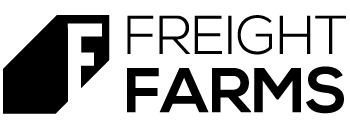
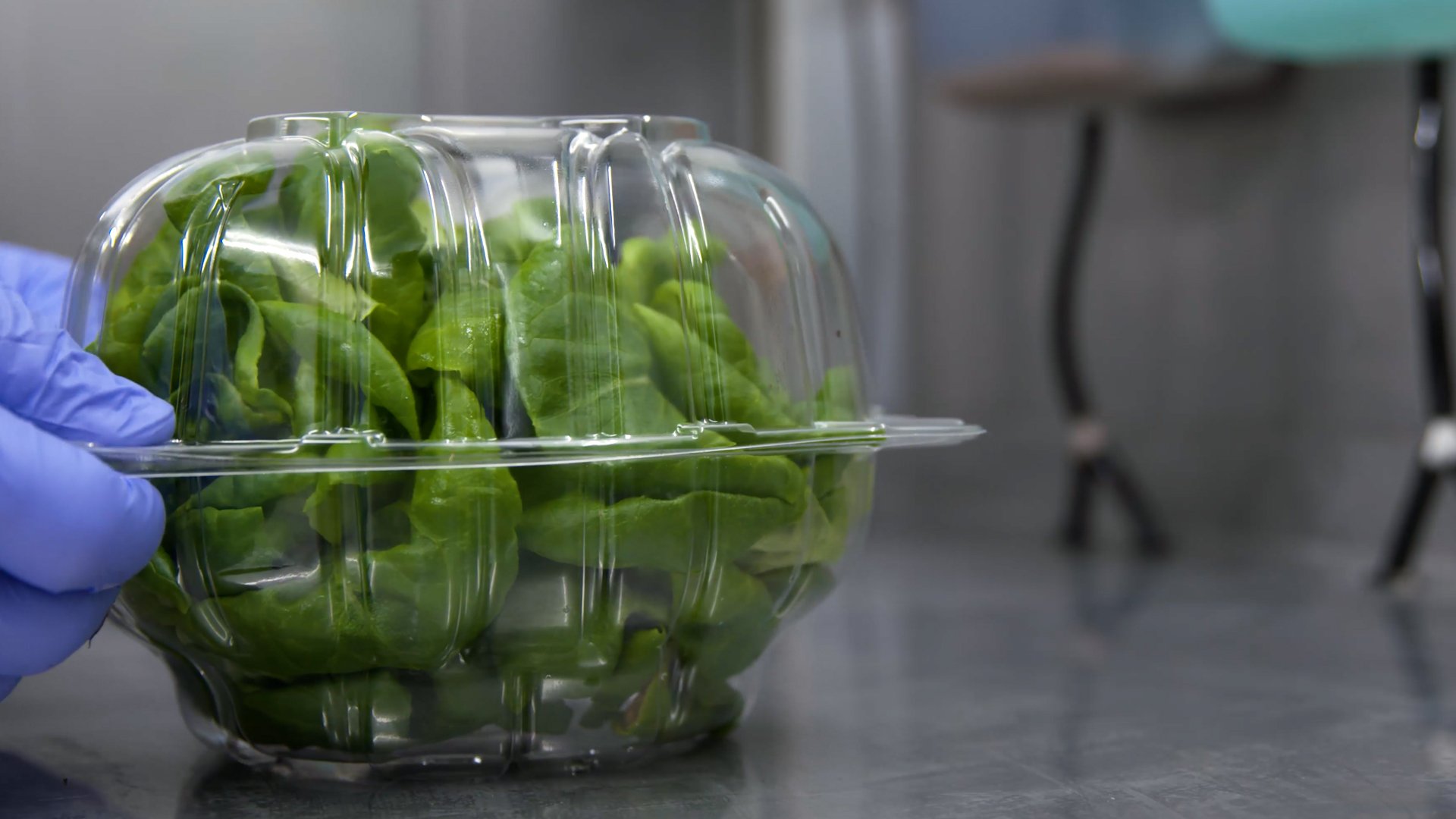
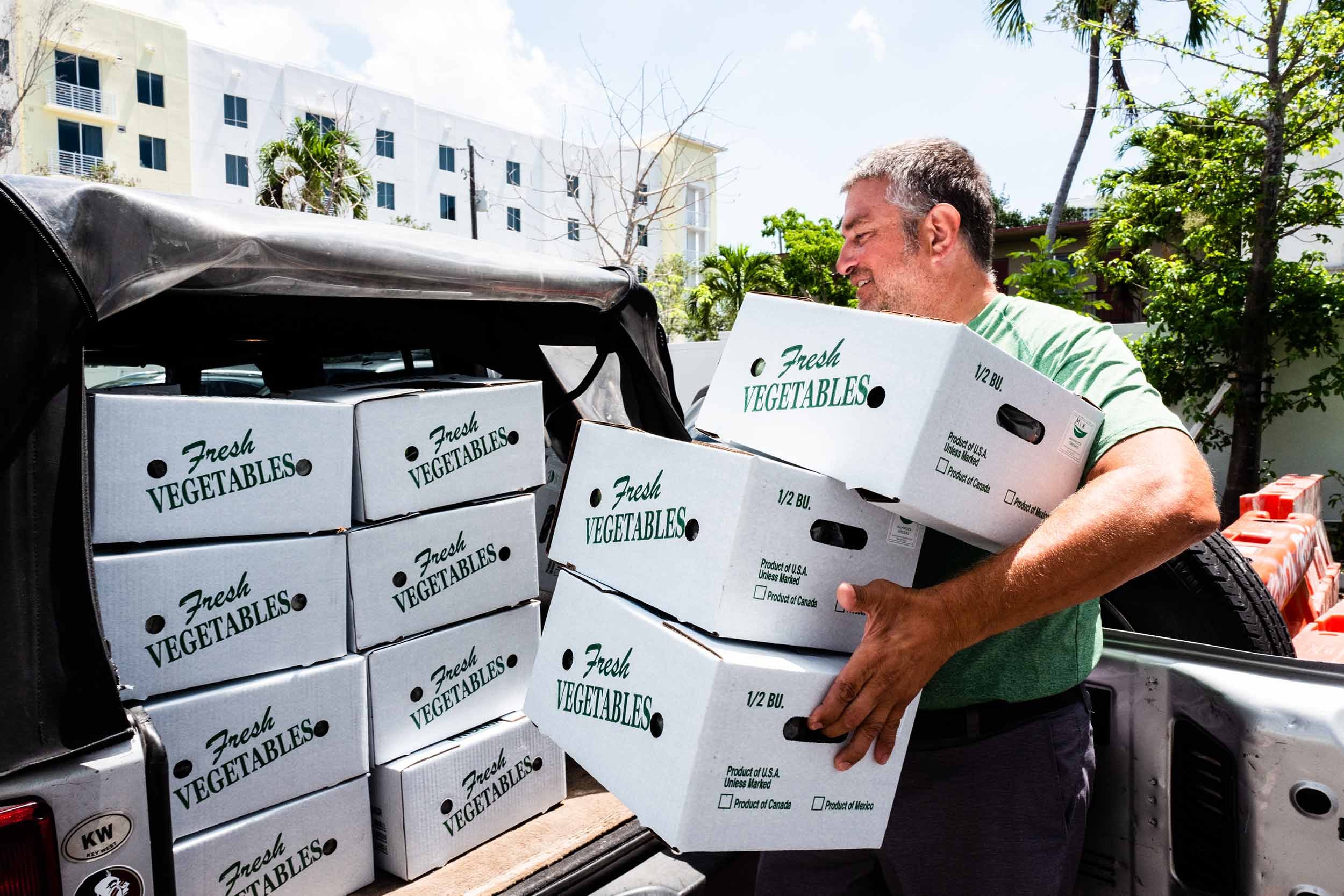

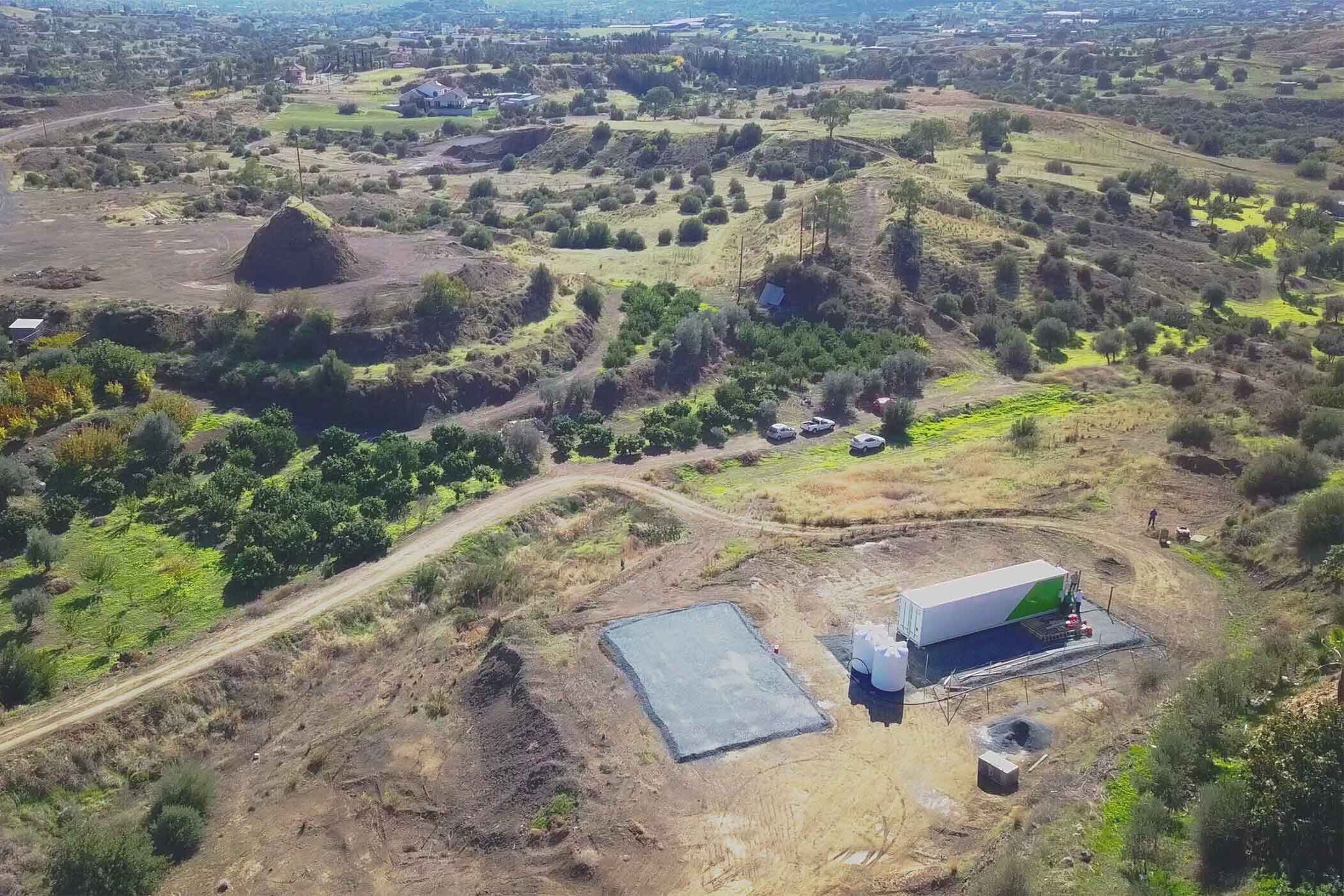

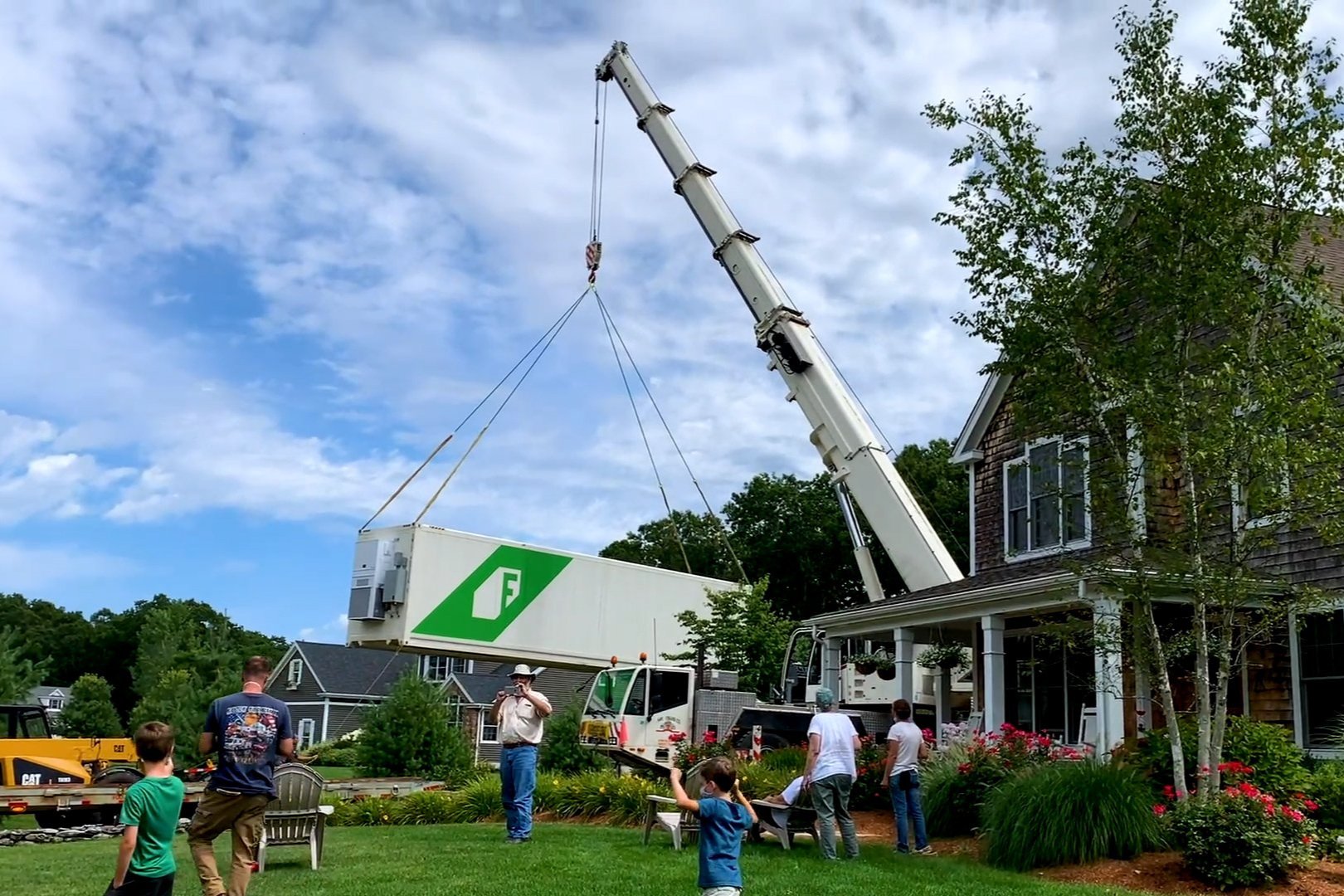
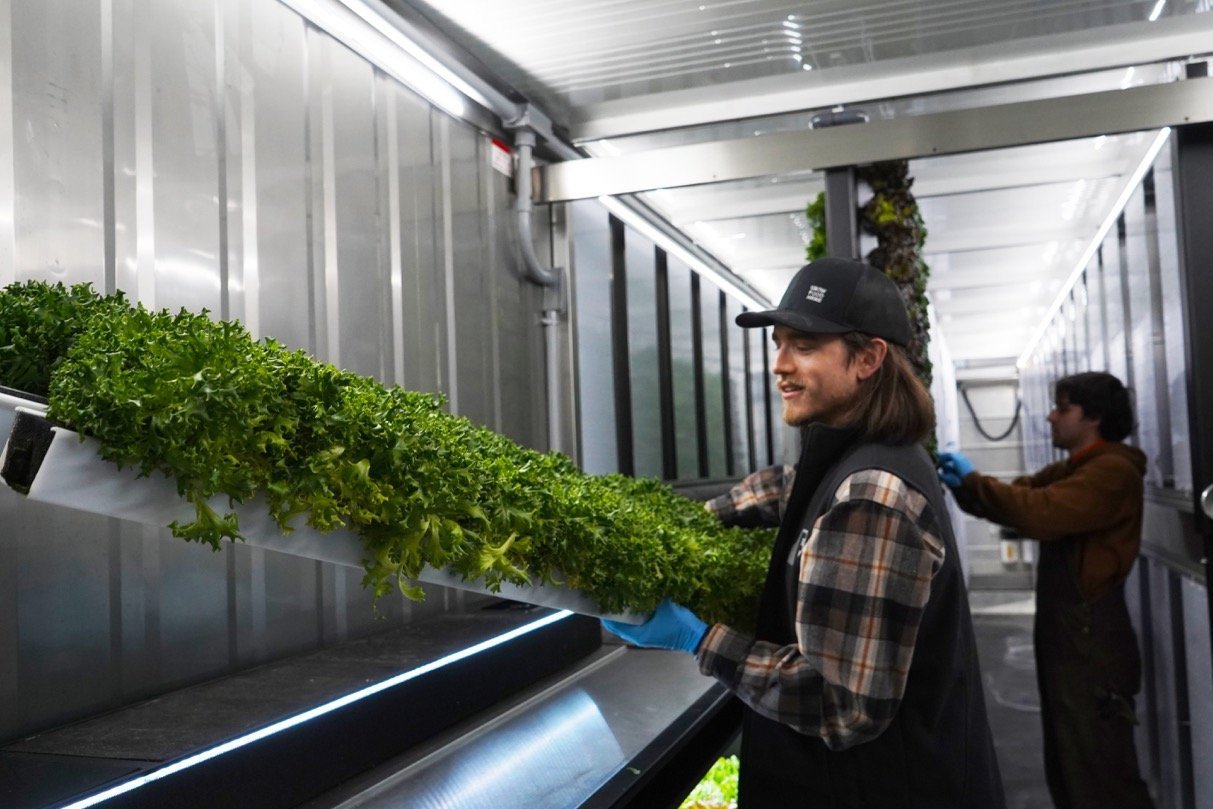
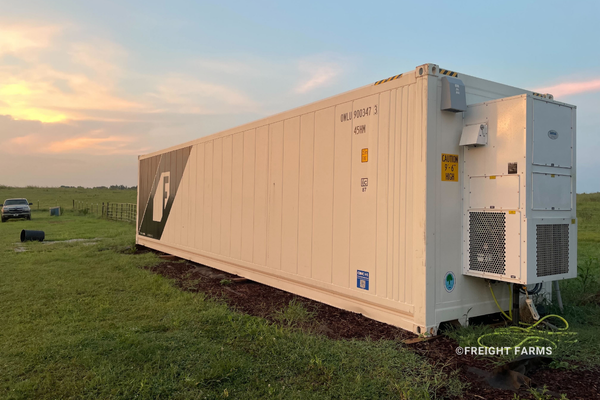

















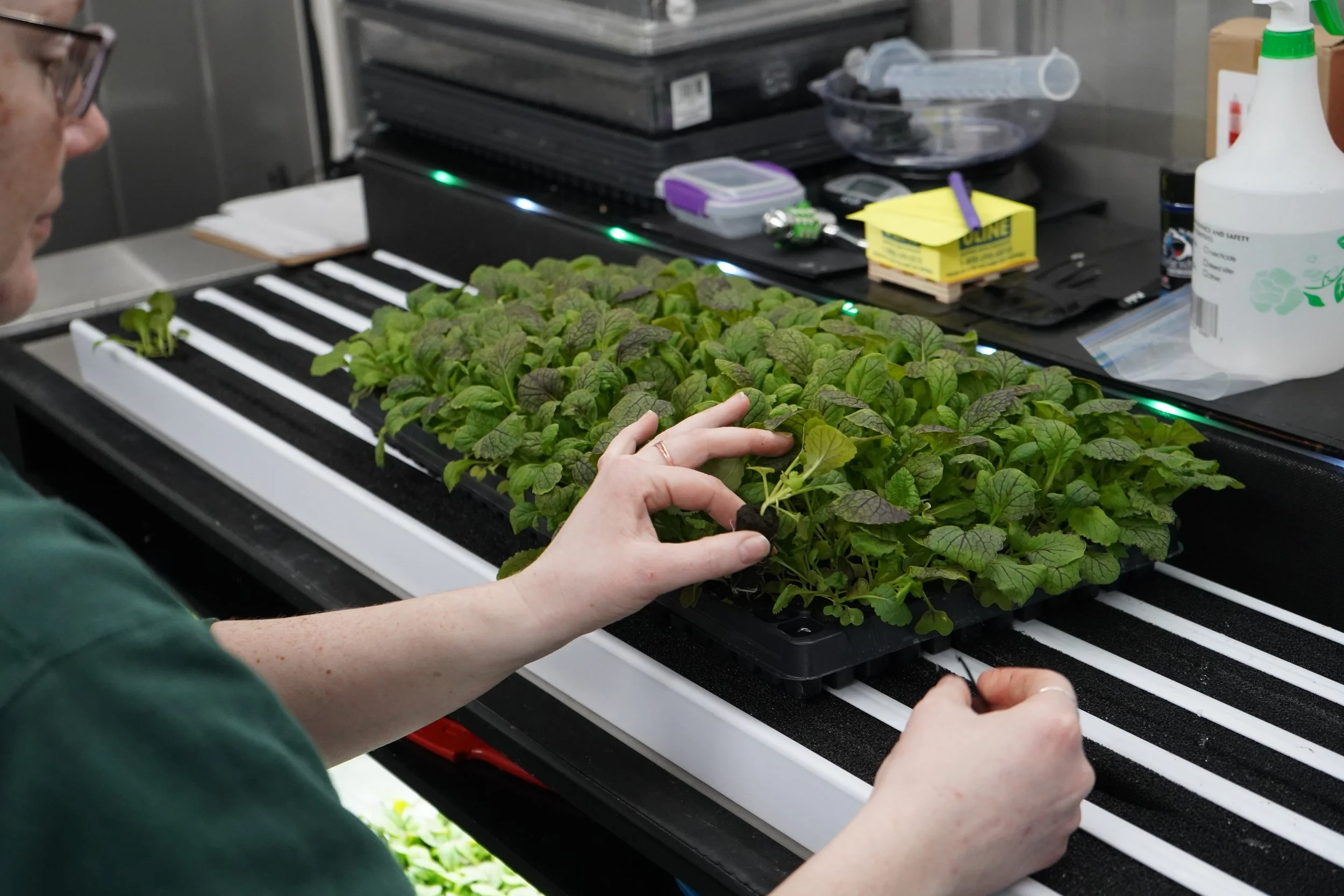

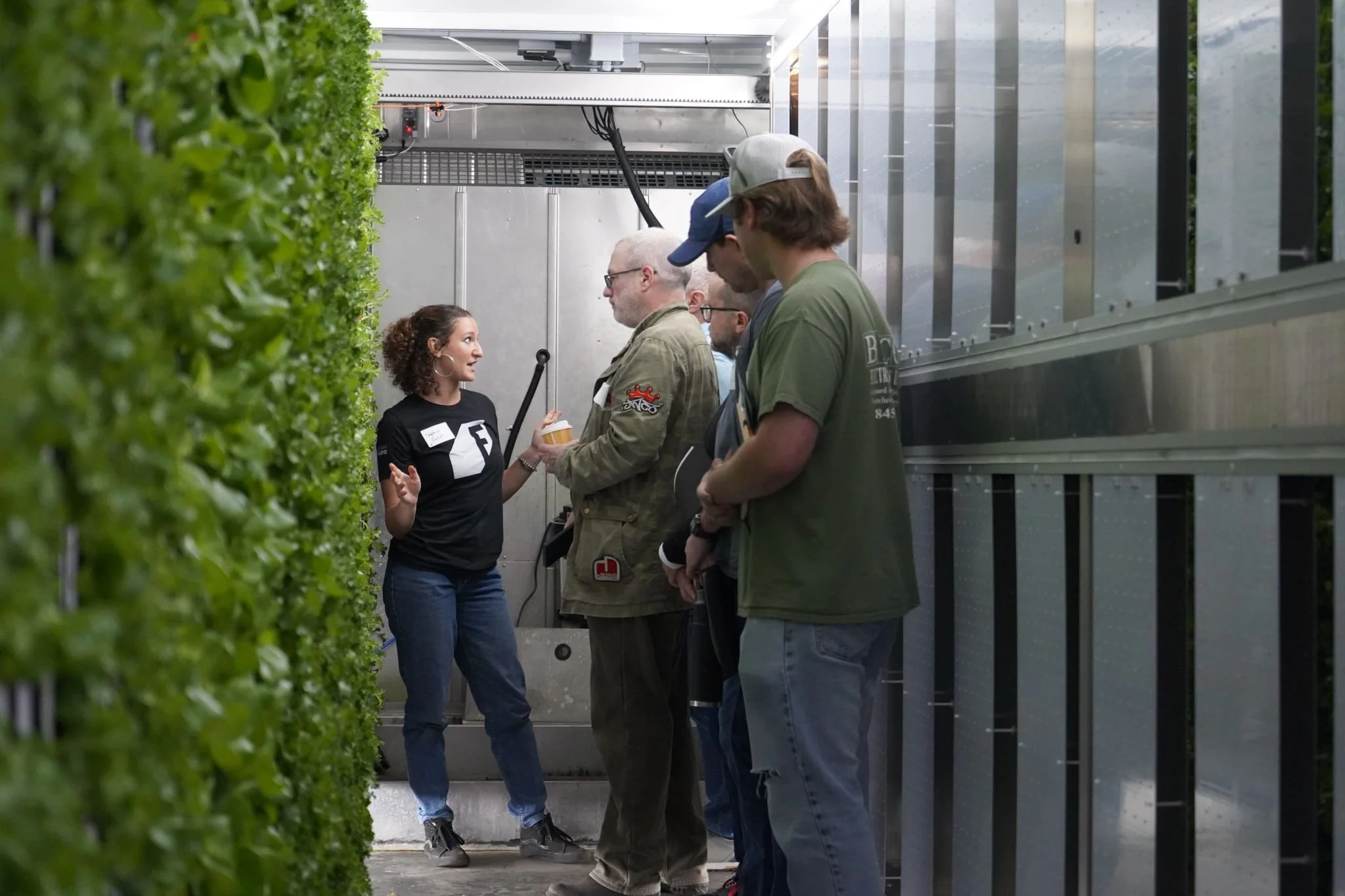








Future planning for your Freight Farms delivery? Learn what your site needs, what to expect on delivery day, and how to avoid common surprises.